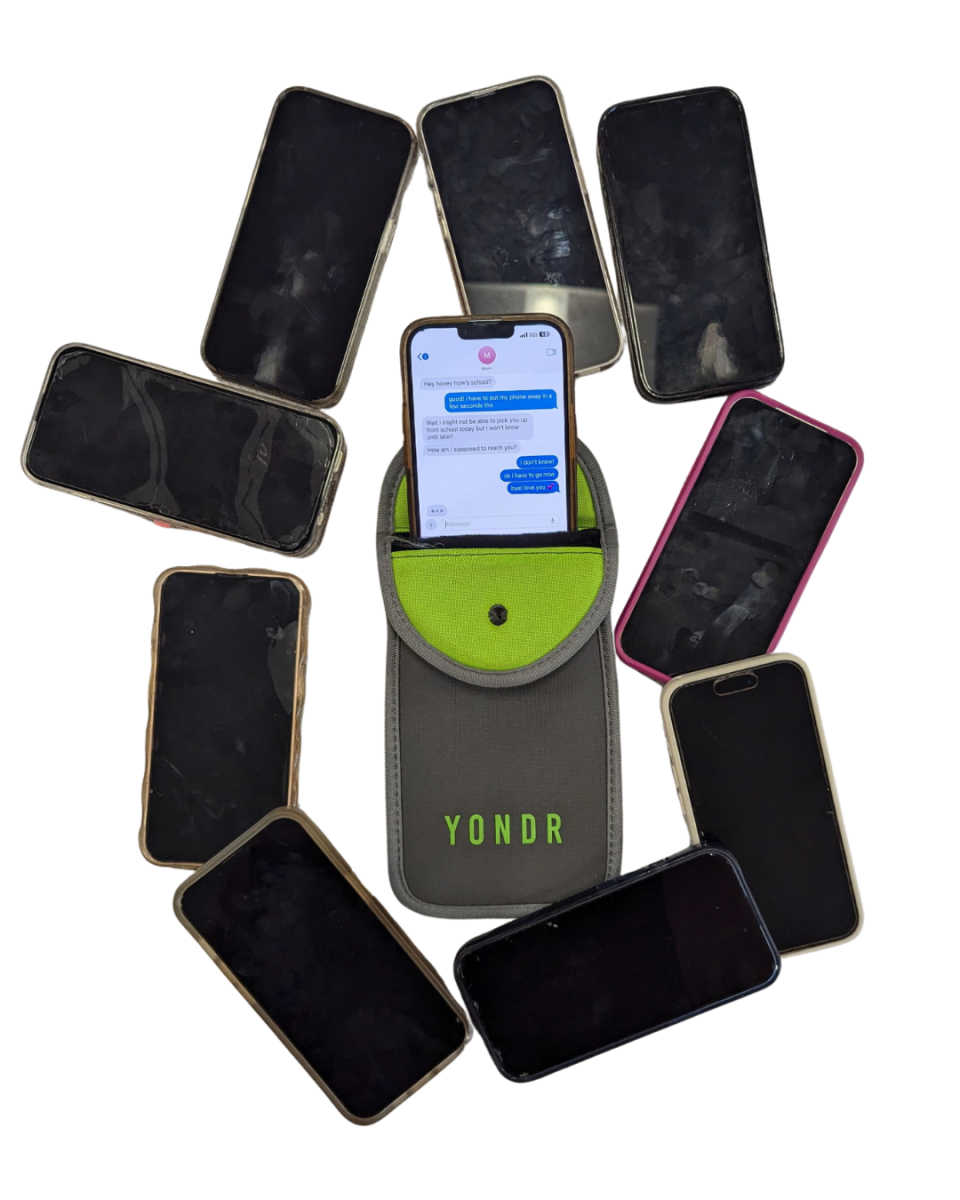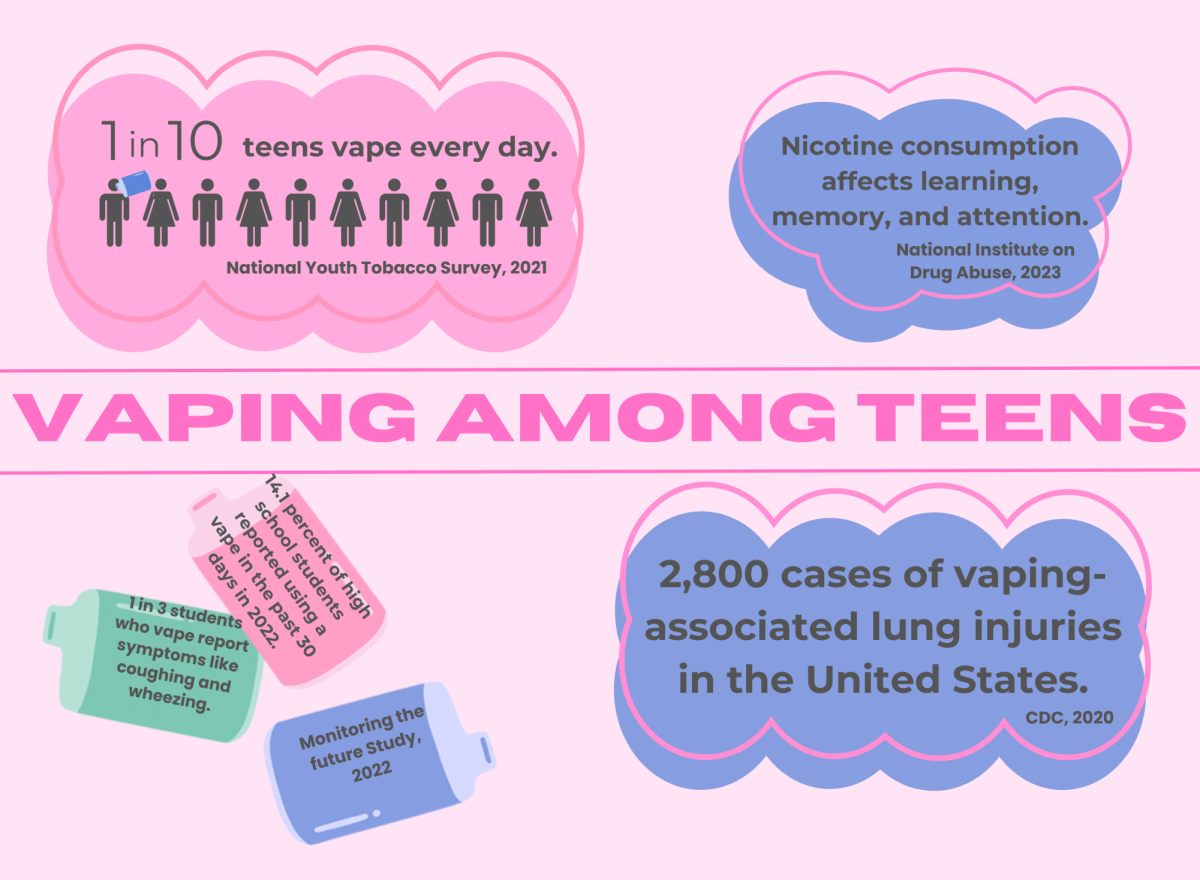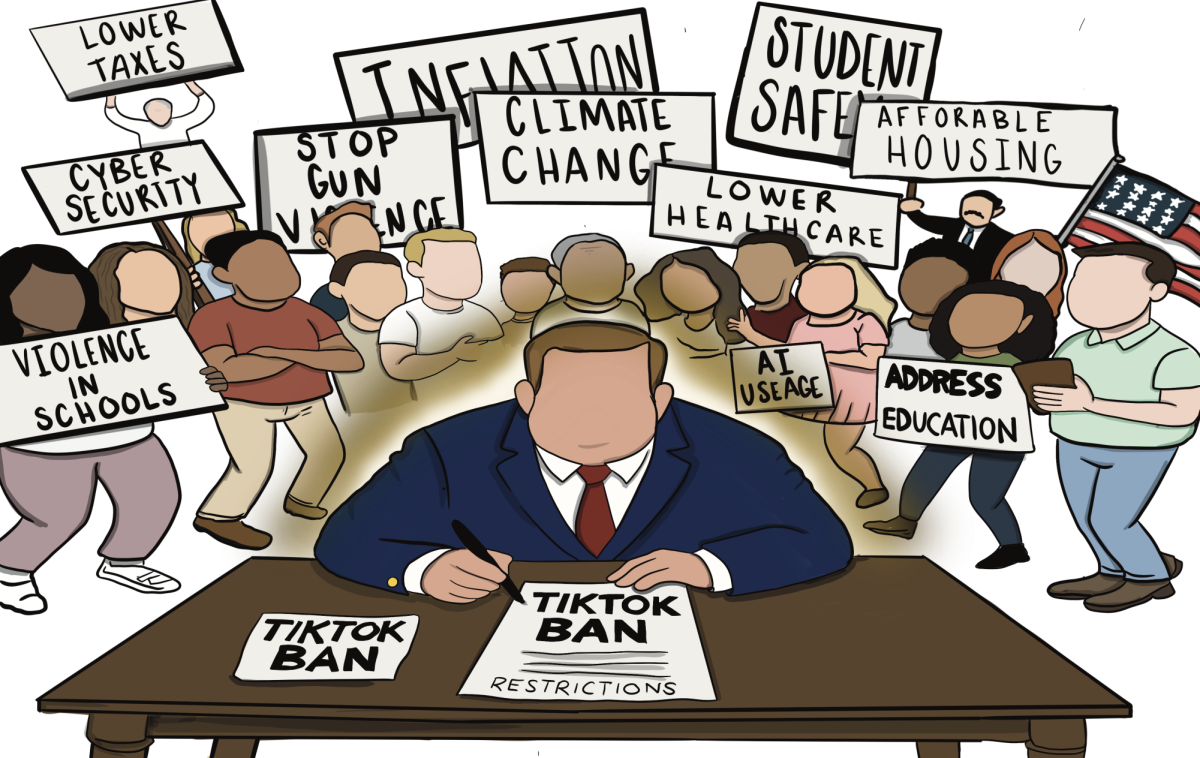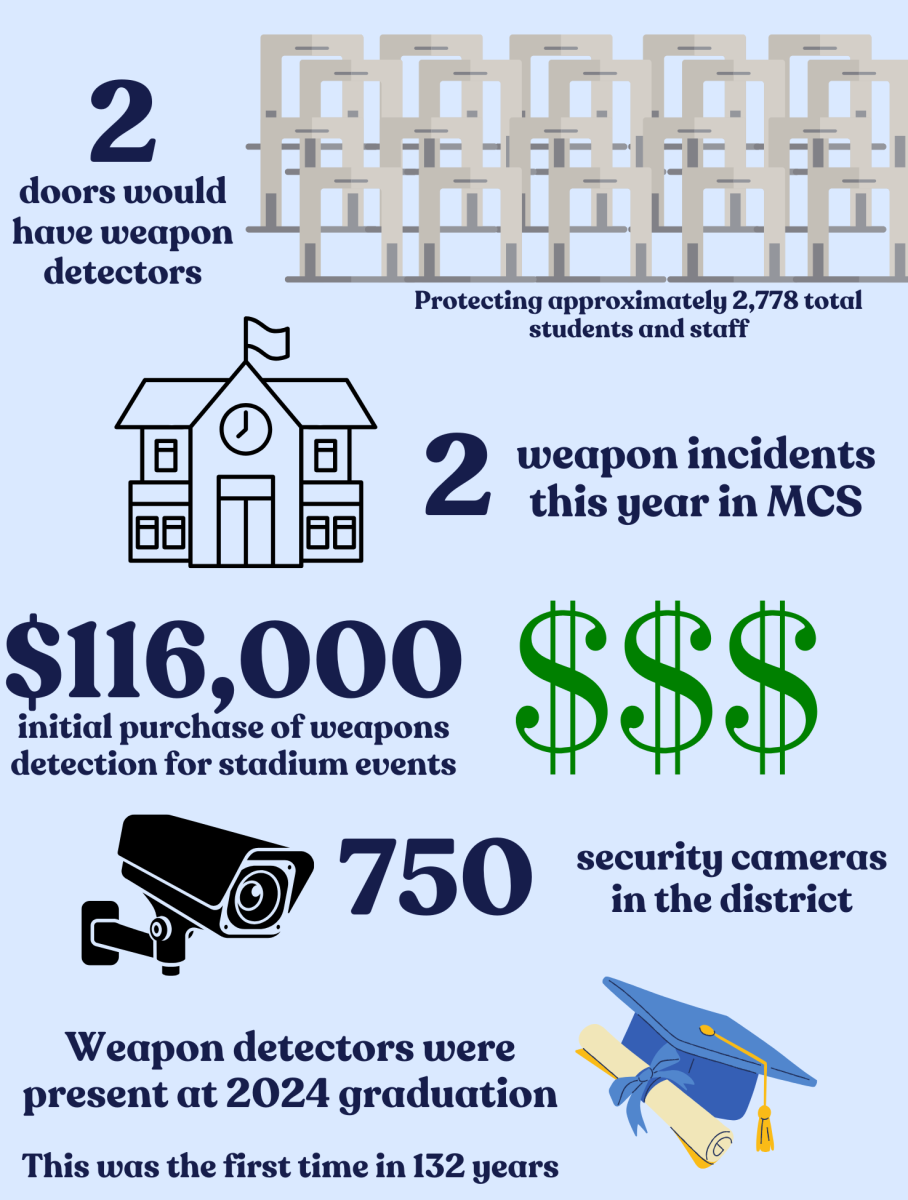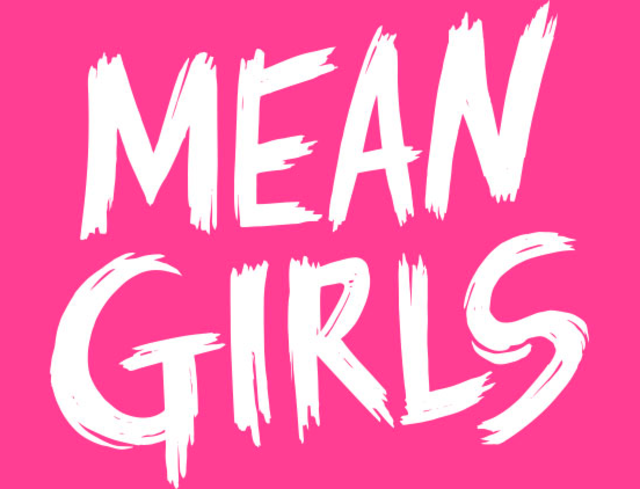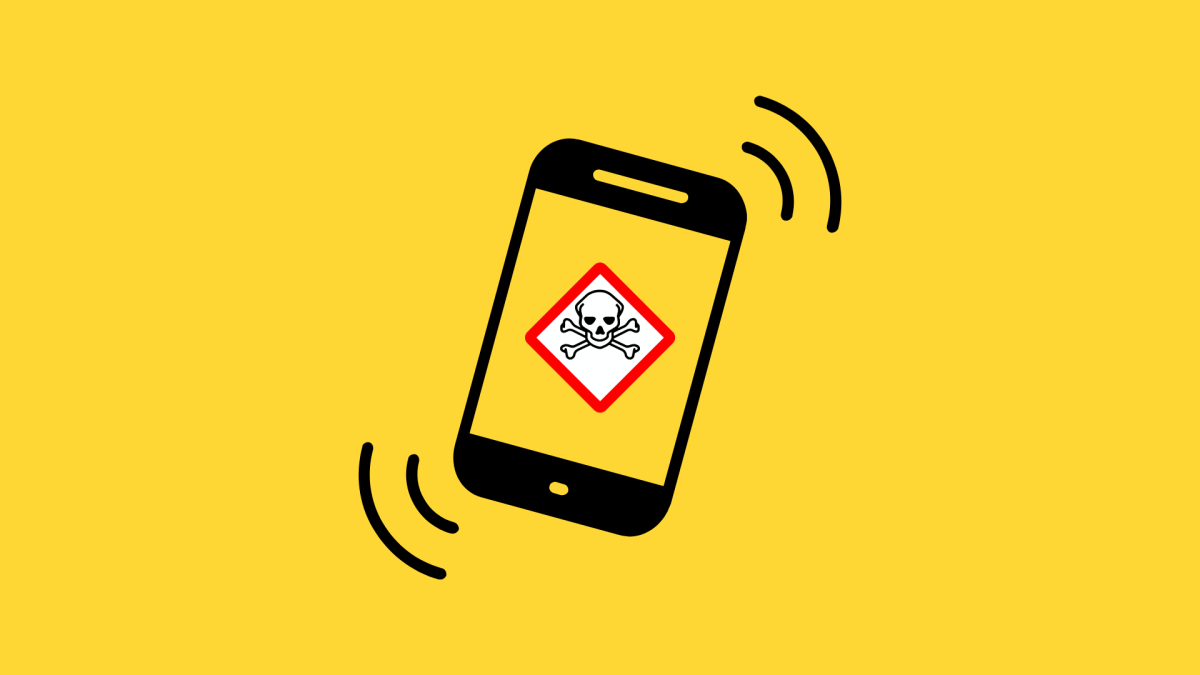From 2016 to January 2025 the platform TikTok amassed almost 170 million American users. TikTok, a social media video sharing platform, was launched in September of 2016 under the Chinese parent company ByteDance. The platform offered an interesting new way to connect with others around the world and a way for users to share their lives. It allowed users to post short 15 second to ten-minute videos and offered a range of filters and sounds for users to use in their videos.
On July 31, 2020 President Trump was the first to propose a TikTok ban. Trump claimed he would use emergency economic powers or an executive order to stop the app from operating in the US as it was “a national security risk”. The goal was to stop operations in the United States, however the Executive Order signed by President Trump on Aug. 6, 2020, only enacted sanctions against the app. The order was scheduled to go into effect 45 days after the order was signed and would bar Tik- Tok from having transactions with any US citizens and companies. Meaning, the app could no longer receive advertising form American companies, and the app could be removed from the app store. During this time Microsoft, Oracle, and Walmart all expressed interest in purchasing the company, but deals never finalized. TikTok also sued the US government for alleged violation of due process in executive orders. Before the 45 days came to an end the courts blocked the executive order and the Biden Administration reversed the order in 2021.
In March of 2023 the CEO of TikTok Shou Zi Chew, a native Singaporean, met with Congress in a five-hour hearing to oppose claims that TikTok and Bytedance were used by the Chinese Communist Party. Chew answered questions regarding data privacy, Chinese affiliation with the app, and his personal affiliations with the Chinese Communist Party. This hearing came after the app was advised by the US to remove affiliations with the company ByteDance or the app may face a ban in the US. Although the US had no evidence of the parent company Bytedance taking American’s data, national security experts have examined the threat and decided that this is a real possibility. Just a year later in March of 2024 the House of Representatives passed the ban-or-sell TikTok bill. This bill would force the parent company of TikTok, ByteDance to sell the app to a US company within 6 months of the bill passing or face the ban of the app in the US, losing around 170 million users.
Then in April 2024 the Senate followed the House and passed the bill, sending it to be signed or vetoed by President Biden. In May 2024 TikTok and ByteDance sued the US federal government to challenge the law that would force them to sell the company. They claimed that the law was unconstitutional and broke the first amendment, freedom of speech. This suit was taken to court and the bill was upheld by the federal court in December 2024. In December 2024 President-elect Donald Trump asked the Supreme Court to pause the TikTok ban so he could find a “political resolution” to the issue.
On Jan. 17, 2025 the Supreme Court unanimously upheld the law allowing the ban to proceed unless ByteDance sold their shares of the company. The app was set to be banned on Jan. 19, 2025. On Jan. 18, 2025 American users of the app received a message when they opened the app that would not allow them to watch videos. The message read . The app was made unusable on US phones and removed from the Apple and Google app stores. However, just 14 hours after the ban took effect the app was reopened to US users. President Trump signed an executive order that pushed the ban back 75 days. This extended window would allow the government and ByteDance to explore more options to save the app.
During this time the app will fully function for users who still have the app, but the app will not be available to download from app stores. The fate of TikTok is still up in the air and yet to be decided, but U.S. users will be able to use the app until further notice.

